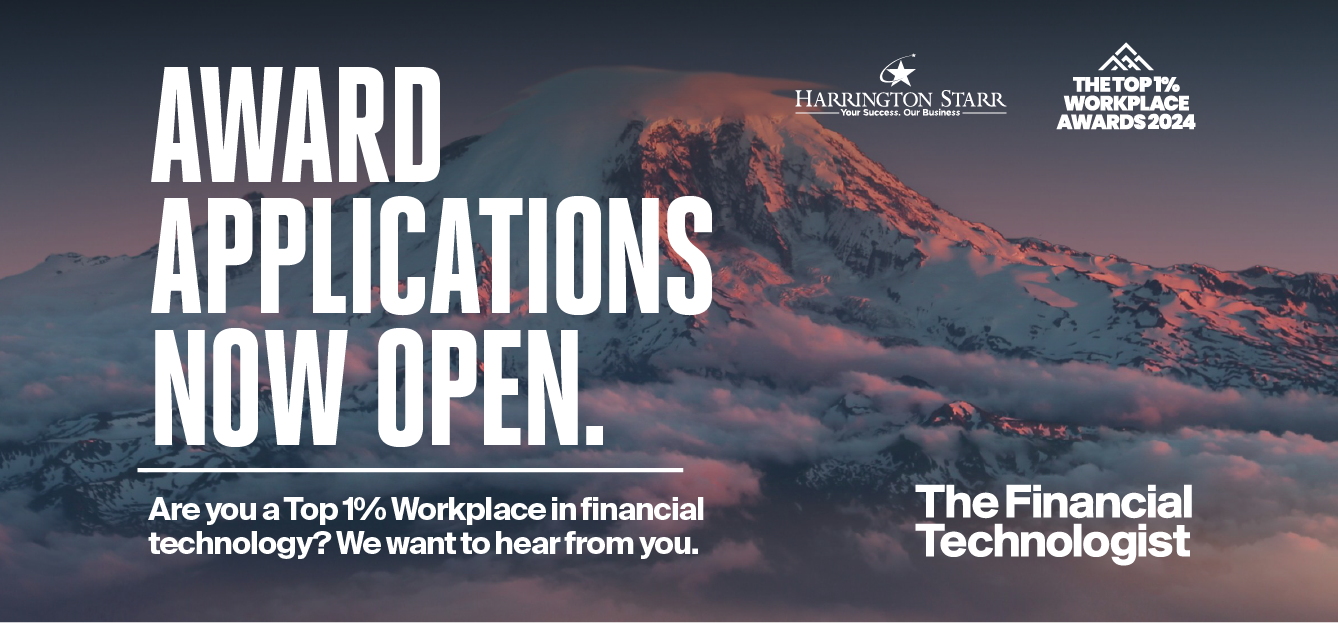A few years ago, the idea that virtual worlds could exist in which we might conduct relationships; enter into financial transactions; create, buy and sell works of art and otherwise engage as we do in the ‘real world’ was unthinkable. But here we are.
There is no question that today’s financial markets are undergoing a seismic shift in new technologies and processes. And it’s not just a single technological shift; a slew of new ‘frontier’ technologies is evolving concurrently, driving immense change and heralding a new era in global finance.
Blockchains, distributed ledger technology and digital assets including tokens and cryptocurrencies are key components of a digital technology revolution that is bringing together technological innovation, Artificial Intelligence (AI), the ‘internet of things’ (IoT) and other technology-led trends, such as the creation of the metaverse, to drive fundamental change in the ways we invest, trade, transact and otherwise do business.
The fast-accelerating volume and value of digital assets within decentralised finance infrastructures, measured in billions of dollars, is clear evidence that the world has moved on from a limited number of tech-savvy individuals speculating in bitcoin to the emergence of digital assets as an asset class in their own right.
The rise of cryptocurrencies and tokenisation has led to the creation of a whole range of new digital assets beyond Bitcoin and other cryptocurrencies. Security tokens are the digital form of traditional, fungible securities such as bonds, equities, property. Meanwhile some tokens act more like traditional commodities or utilities, giving users access to specific goods and services. Non-Fungible Tokens (NFTs) typically represent a unique item such as a piece of art, a collectible fashion piece or a performance.
The era of convergence is here
While all of this rapid innovation is taking place, many proponents of this new, shiny, decentralised finance ecosystem have recognised that financial markets – and market behaviours – don’t change overnight. To navigate successfully from old to new, and to shape a financial infrastructure fit for the future, innovators and disruptors still need to partner with industry incumbents, in terms of investment and business collaboration.
While the wider context for digital transformation and convergence is a fundamental shift in the underlying infrastructure of the Internet as we shift from the “internet of information” to the “internet of value transfer” and to Web 3.0, we remain, at this time, very much in transition mode.
There are always, of course, obstacles to navigate, including the pace of implementation, development of appropriate supervisory and regulatory environments and, overcoming specific technical challenges of blockchain interoperability.
It is not just a question of the convergence of traditional and decentralised finance structures and products either. The “convergence ecosystem” investment thesis coined by venture capital form Outlier Ventures envisages a future in which data captured by the Internet of Things (IoT) is managed by blockchains, automated by AI, and monetised by cryptocurrency and/or cryptographic tokens. Decentralised Finance will likely combine with the Internet of Things (IoT), creating new opportunities for automation of financial services.
Although convergence is happening, there are a number of factors impacting the pace of change, not least a lack of understanding of these technologies at senior levels of business and within policy-making circles.
As the increasing ‘electronification’ of financial markets processes shows, technology-led innovation has the potential to make many traditional capital markets processes redundant, which can constrain the enthusiasm with which new technologies are embraced by traditional participants.
While there may be some movement, albeit cautious, with respect to embracing digital assets within diversified investment portfolios, this professional investment community is also more cognisant of the need for appropriate regulation to protect themselves, their clients and investors from ‘bad actors’.
At the same time, technology providers offering financial products should, according to many, be subject to the same rigour and regulation around transparency, capital adequacy and risk exposure as traditional regulated firms. (“Same business, same risks, same rules”)
Forming a predictable regulatory regime will be key to accelerating the convergence of traditional and decentralised finance as well as to further investment in this transition.
Interoperability is a particularly tough nut to crack,with multiple blockchains and diverse functionalities that often do not work together. For example, yield farming (where investors search for the best returns using DeFi platforms) is not easily done across multiple blockchains.
Digital ID is another challenge. Morestandardised forms of digital identity are an imperative to make it quicker for people to verify themselves (and/or to be verified) by multiple providers. While KYC utility services do exist, a standardised and truly utilitarian digital ID service – particularly with respect to blockchain/DLT participation – would speed up the pace of convergence considerably.
Initial circumspection from traditional financial markets participants about new ‘disruptor’ technologies, and industry suspicion of their intent beyond scams and frauds, is giving way increasingly to a greater readiness to embrace change (and to look more rigorously at the enormous opportunities that they present).
There is, however, a clear need for market participants to work together to bridge the gap between traditional financial markets infrastructures and new technologies, products and services. Collaboration and cooperation between the ‘old guard’ and the ‘disruptors’ will be a critical factor of success in effecting a seamless transition.
